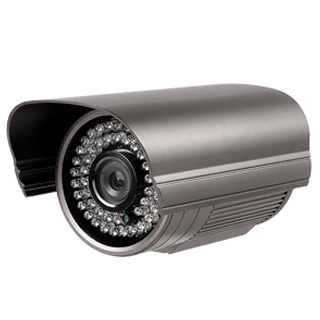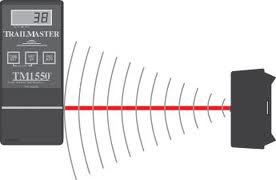 I have set up remote underground camera systems to film meerkats in the Kalahari and wild badger sets in the UK – filming the first ever footage of newborn badgers in the wild.
I have set up remote underground camera systems to film meerkats in the Kalahari and wild badger sets in the UK – filming the first ever footage of newborn badgers in the wild.
The badger filming was done in Wytham Woods, Oxfordshire. We figured out where the likely locations of the nesting chambers were by using radio collar signals while the badgers were sleeping during the day, we then returned during the night while the badgers were foraging and bored down to the chambers using an auger. We confirmed that we’d hit the chamber using a fibre-optic inspection camera before finally inserting an IR camera / light source unit. We rigged 4 chambers with cameras running them back to a ‘Quad’ security camera monitoring system so I could see what was going on in each chamber at the same time. Then it was just a case of sitting out the cold february nights – the reward of seeing, for the first time, the tiny newborn badgers (complete with stripes) being cared for by the sow badger was well worth the effort.
 I have a Trailmaster camera trap kit with two passive, and one active, IR sensors that can be used to fire up infra-red lights and operate a camera. I have used it to film unique footage of Himalayan Black Bears in India and Brown Bears in suburban Anchorage.
I have a Trailmaster camera trap kit with two passive, and one active, IR sensors that can be used to fire up infra-red lights and operate a camera. I have used it to film unique footage of Himalayan Black Bears in India and Brown Bears in suburban Anchorage.
The brown bear in Anchorage was an incredible shot – we set the camera trap on the bank of a small creek running through a park on the edge of town, thinking we had a reasonable chance of getting a shot of a brown bear as there were lots of signs of activity along the creek. When we retrieved the camera after a couple of days we where not quite prepared for what we saw; the first shot showed 4 kids walking a dog right past the camera, and the very next shot on the tape – probably taken no more than 30 minutes later – was a large brown bear following exactly in the children’s footsteps!
For a short film showing us setting up a remote camera rig to film Himalayan Black Bears for BBC2’s Ganges series see here.